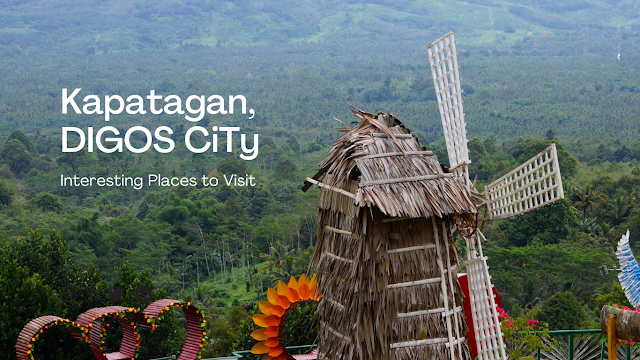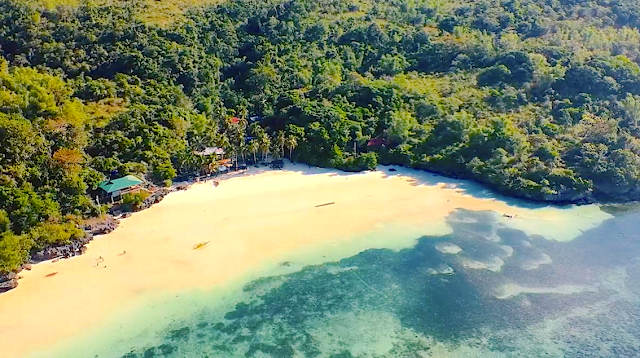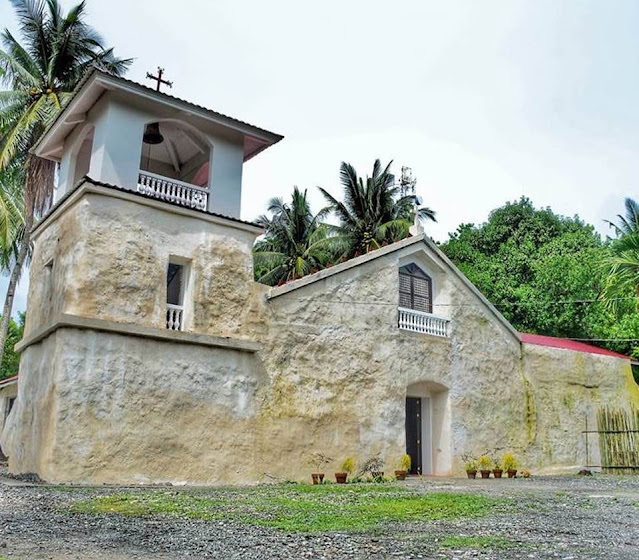Titay, Zamboanga Sibugay
Titay, a captivating municipality situated in the province of Zamboanga Sibugay within the Zamboanga Peninsula region of the Philippines, is a place brimming with charm and natural beauty. With a population of 53,994 according to the 2020 census, Titay offers a tranquil escape and a glimpse into the rich cultural heritage of the region.
History and Local Governance
Founded on May 24, 1959, Titay is part of the province's 2nd district. The municipality operates under the Sangguniang Bayan system, with Mayor Leonardo B. Talania leading the local government. Assisting Mayor Talania is Vice Mayor Elizer A. Yamaro, along with the Municipal Council and Representative Dulce Ann K. Hofer, who work diligently to promote the welfare and progress of the community.
Barangays and Geography
Titay is composed of 30 barangays, each contributing to the unique tapestry of the municipality. With a total land area of 350.44 square kilometers, Titay's geography encompasses diverse terrain and landscapes. The municipality boasts an elevation range from 31 meters (102 feet) to 482 meters (1,581 feet) above sea level, providing awe-inspiring views and opportunities for exploration.
List of Barangays
- Achasol
- Azusano
- Bangco
- Camanga
- Culasian
- Dalangin
- Dalangin Muslim
- Dalisay
- Gomotoc
- Imelda (Upper Camanga)
- Kipit
- Kitabog
- La Libertad
- Longilog
- Mabini
- Malagandis
- Mate
- Moalboal
- Namnama
- New Canaan
- Palomoc
- Poblacion (Titay)
- Poblacion Muslim
- Pulidan
- San Antonio
- San Isidro
- Santa Fe
- Supit
- Tugop
- Tugop Muslim
Natural Beauty and Landmarks
Nature enthusiasts will find Titay a delightful destination. Its picturesque landscapes and natural attractions captivate visitors with their unspoiled beauty. With its rolling hills, lush forests, and crystal-clear rivers, Titay offers numerous opportunities for outdoor activities such as hiking, trekking, and river exploration.
One prominent landmark in Titay is Mount Puting Bato, the highest point in the municipality. Adventurers can embark on an exhilarating trek to the summit, rewarded with breathtaking panoramic views of the surrounding area. The mountain also holds cultural significance and is a site where local indigenous communities conduct traditional rituals.
Local tourism offices or guides can also advise on any necessary permits, safety precautions, and recommended equipment for cave exploration. By reaching out to local authorities or tourism offices, you can obtain accurate and detailed information about caves and other attractions in the area, ensuring a safe and fulfilling exploration experience.
Cultural Heritage and Festivals
Titay is a melting pot of cultures, with Subanon, Cebuano, Chavacano, and Tagalog being the native languages spoken in the area. The municipality celebrates various festivals that showcase its cultural heritage and traditions. Among these is the Kawayan Festival, which highlights the local bamboo industry. The festival features vibrant street dances, cultural presentations, and displays of intricately crafted bamboo products.
Economy and Infrastructure
Titay is classified as a 2nd municipal income class, signifying its stable economic growth. Agriculture serves as the backbone of the local economy, with crops such as rice, corn, and coconut being cultivated in the fertile lands. Additionally, fishing contributes significantly to the municipality's livelihood, given its proximity to the coast and abundant marine resources.
In terms of infrastructure, Titay is continuously improving its facilities to support the needs of its residents. Access to electricity is provided by the Zamboanga del Sur 2 Electric Cooperative (ZAMSURECO 2). The municipality also ensures the availability of clean water, healthcare services, and educational institutions to cater to the well-being and development of its residents.
Community and Future Outlook
Titay is known for its strong sense of community and hospitality. The municipality takes pride in fostering harmonious relationships among its residents and creating an inclusive and supportive environment. Efforts are being made to address poverty and promote sustainable development, aiming to uplift the lives of all members of the community.
As Titay looks towards the future, it envisions further growth and progress, leveraging its natural resources, cultural heritage, and strategic location within Zamboanga Sibugay. The municipality aims to attract investments, create more job opportunities, and develop its tourism industry while preserving its cultural identity and natural treasures.
A visit to Titay offers an enriching experience, allowing visitors to immerse themselves in the warmth of the local culture, explore the wonders of nature, and connect with the hospitable residents. Whether indulging in outdoor adventures, participating in colorful festivals, or simply appreciating the tranquil ambiance, Titay promises a memorable journey through the heart of Zamboanga Sibugay.
Titay's potential for growth and development presents an exciting prospect, as it contributes to the overall progress and diversity of the Philippines. With its natural wonders and cultural heritage, Titay beckons travelers to discover the hidden gems within its borders and create lasting memories in this captivating municipality.
HOW TO GET TO TITAY
To get to Titay, Zamboanga Sibugay, there are several transportation options available depending on your starting point. Here are some general guidelines on how to reach Titay:
By Air:
Fly to Zamboanga International Airport: If you are coming from outside the region or from a distant location within the Philippines, the nearest major airport is Zamboanga International Airport. Several domestic airlines offer flights to Zamboanga City.
By Land and Sea:
By Bus: If you are already in Zamboanga City, you can take a bus or a van bound for Titay. Buses and vans typically depart from the Zamboanga City Bus Terminal or other designated transport terminals in the city. The journey may take approximately 2-3 hours, depending on road conditions and traffic.
By Sea:
1. By Ferry: Another option is to take a ferry from Zamboanga City to Ipil, a nearby town. Upon arrival in Ipil, you can then take a bus, van, or jeepney to Titay. Ferry schedules and availability may vary, so it's advisable to check with the ferry operators for the most up-to-date information.
Local Transportation:
Once you arrive in Titay, local transportation options such as tricycles or motorized pedicabs are available to take you to your specific destination within the municipality. You can also inquire at the transportation terminal or ask the locals for the best mode of transportation to reach your desired location within Titay.
It is recommended to check the latest transportation schedules and options before your journey, as they may be subject to change. Additionally, it's advisable to have a map or directions to guide you throughout your trip.
Remember to plan your trip accordingly, considering factors such as weather conditions, travel time, and local holidays or events that may affect transportation services.







